iPrep PAL - Personalized Adaptive
Learning for your Students
Ensure all your students cover up their previous years learning gaps
and achieve grade optimum learning levels

Ensure all your students cover up their previous years learning gaps
and achieve grade optimum learning levels
Personalized and Adaptive
Learning (PAL)
- Allows every student to not only cover their historical learning gaps and learn based on what they need, it also enables academic excellence with concept clarity and mastery on topics. In linear learning, it is difficult to isolate specific areas or concepts where a student needs more support and help. Every student is unique and while they progress in some subjects and topics, there may be some topics and chapters that a student may struggle with.
- This is where PAL, designed to bridge historical learning gaps, and bring grade level excellence for students comes in. Implement PAL using Desktops or laptops or Notebooks or Tablets, supports schools, students and parents in their endeavor to enable their students to learn unlimited.
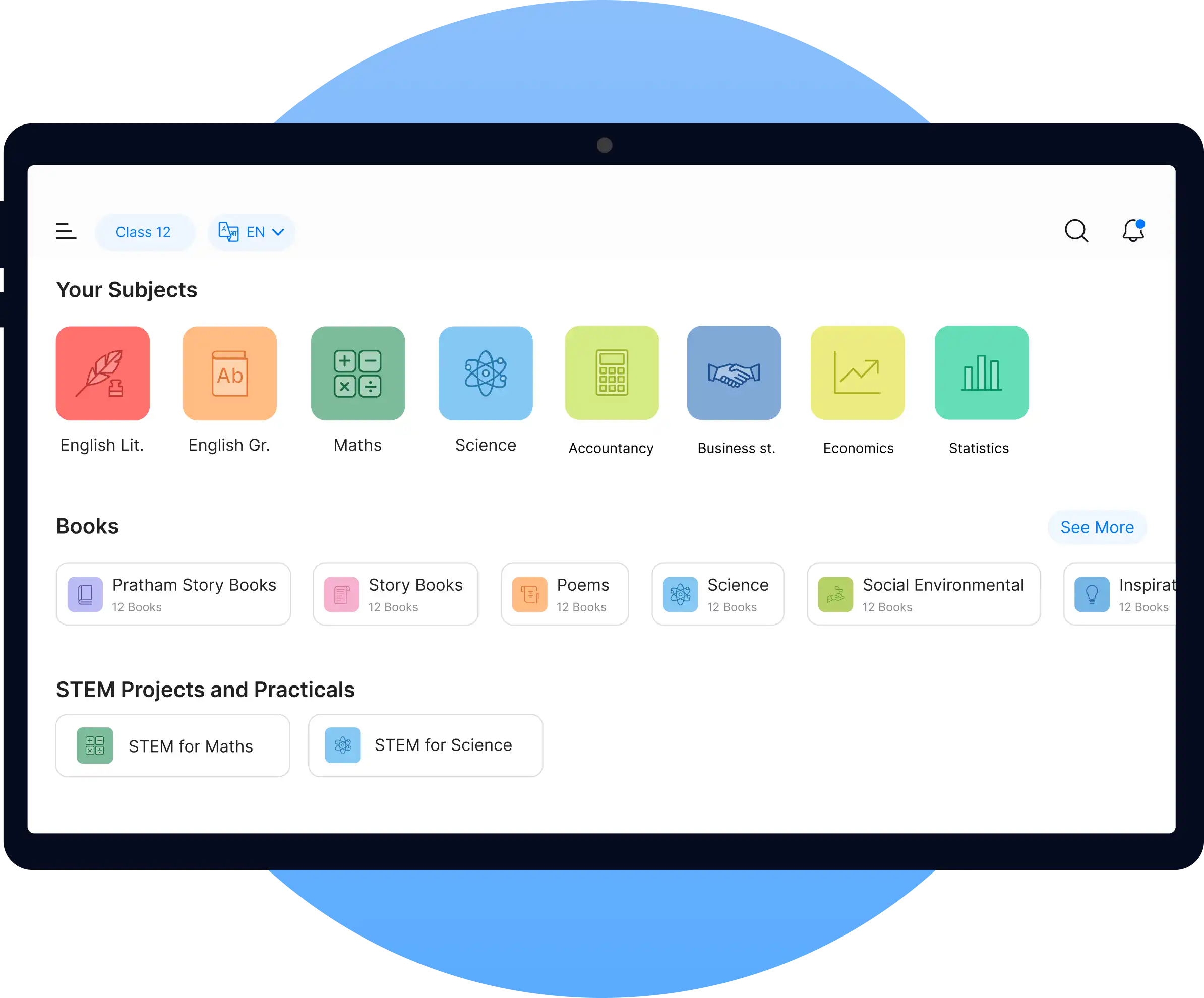
Relevance of Personalized and Adaptive
Learning (PAL)
Multiple Studies point to the effectiveness of Personalized and adaptive
Learning
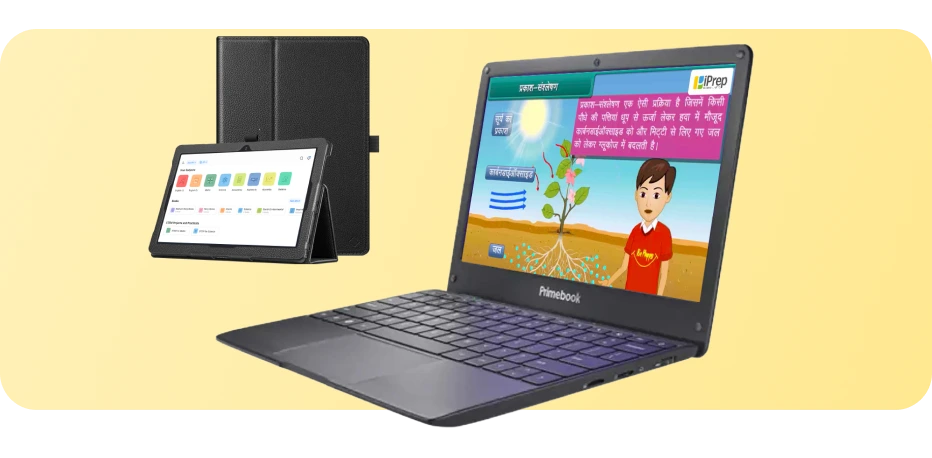
Personalized Adaptive Learning (PAL) is gaining recognition as an effective approach to education, supported by various studies that demonstrate its positive impact on students' learning outcomes. Here are key research findings that prove the effectiveness of Personalized Adaptive Learning:

Improved Learning Outcomes
- Meta-analysis by Pane et al. (2017): A study conducted by RAND Corporation examined the impact of personalized learning approaches in 62 schools across the U.S. It found that students in personalized learning programs scored 3 percentile points higher in math compared to students in traditional learning settings. Students who started below the national median showed even greater gains.
- These findings clearly demonstrate that Personalized Adaptive Learning can significantly improve student outcomes by delivering customized learning experiences tailored to individual needs, enhancing engagement, and ensuring more effective skill mastery.
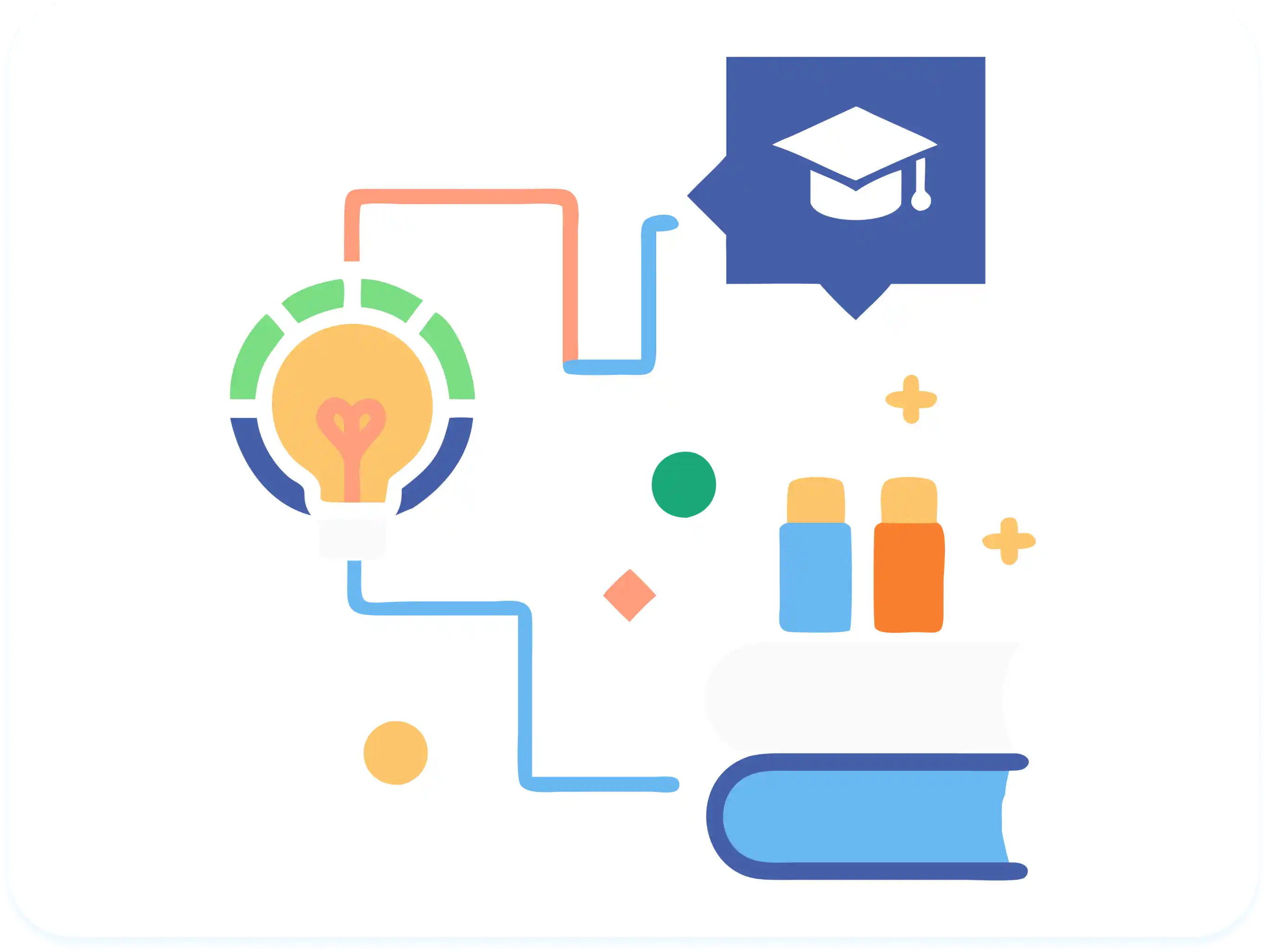

Central Square Foundation
Report (2020)
- Study Focus: The Central Square Foundation (CSF), a non-profit working on quality education in India, released a report that emphasizes the potential of personalized and adaptive learning (PAL) technologies
- Findings: The report showed that personalized learning platforms could lead to improved learning outcomes by providing differentiated instruction to students based on their learning levels. It further suggests that technology-driven personalized learning helps in bridging learning gaps, especially for students in government schools.
- Key Takeaway: Personalized and adaptive learning tools, when integrated with traditional classroom teaching, can result in higher engagement and academic improvement.


Learning Data and Personalized Education:
EkStep Foundation (2021)
- Study Focus: EkStep Foundation, a non-profit organization, conducted a study that evaluated personalized learning platforms implemented in various schools across India.
- Findings: The study showed that when students were given learning content based on their current knowledge levels, there was a noticeable improvement in their performance. Adaptive platforms used by EkStep help in tailoring content that suits the pace and comprehension levels of individual students.
- Key Takeaway: Adaptive learning systems, which adjust content based on real-time assessments of student performance, improve the overall efficiency of learning.

Why Personalized and Adaptive Learning
(PAL) by iPrep?
Let us look at iPrep PAL

Diagnostic Tests
PAL starts with diagnostic tests for every chapter in order to identify the current learning level of the student, strengths, weaknesses, and learning gaps.
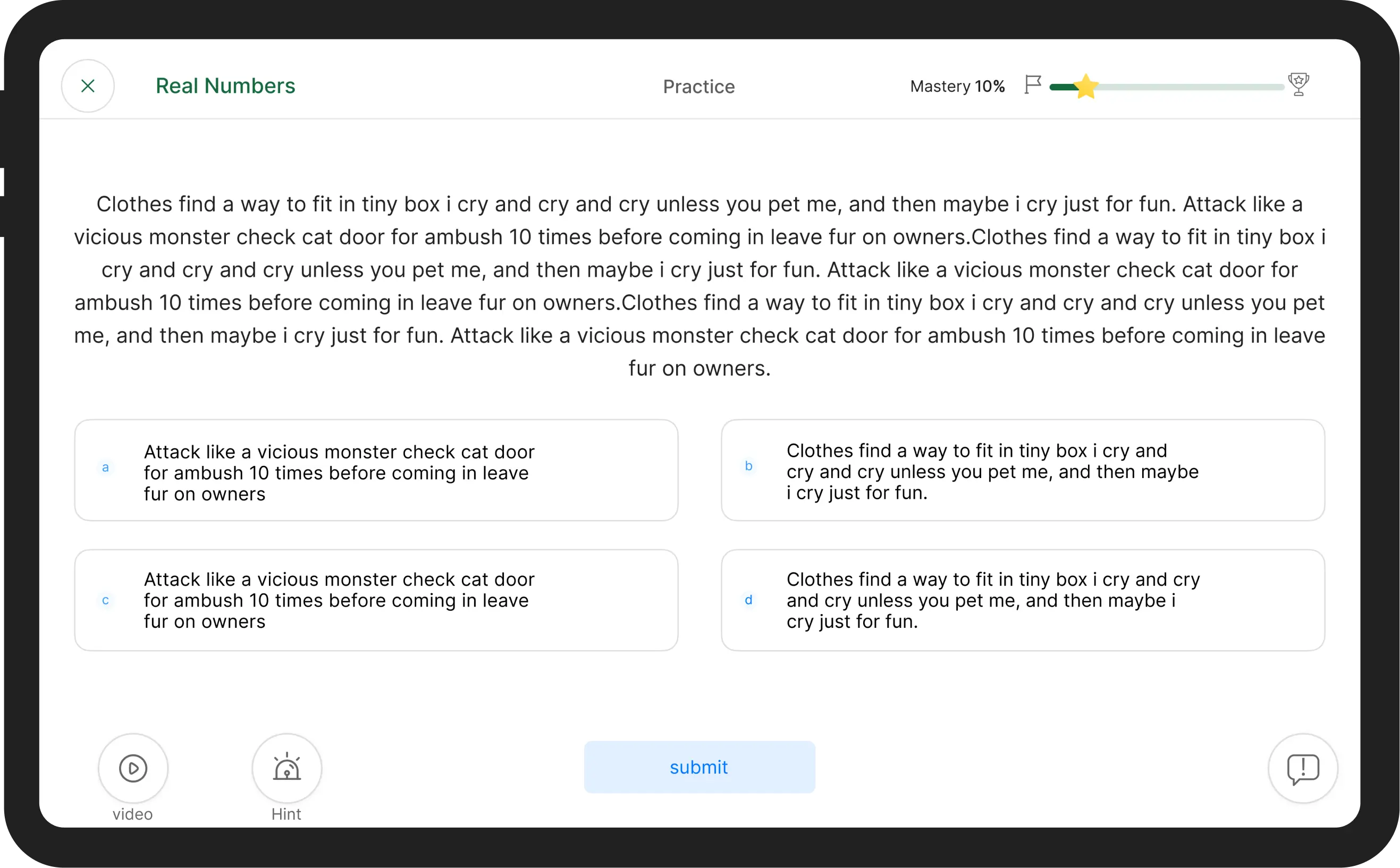
Personalized Remedial Content
Based on the learning levels, each student is taken through a personalised learning path with remedial video content and practice questions with instant feedback.
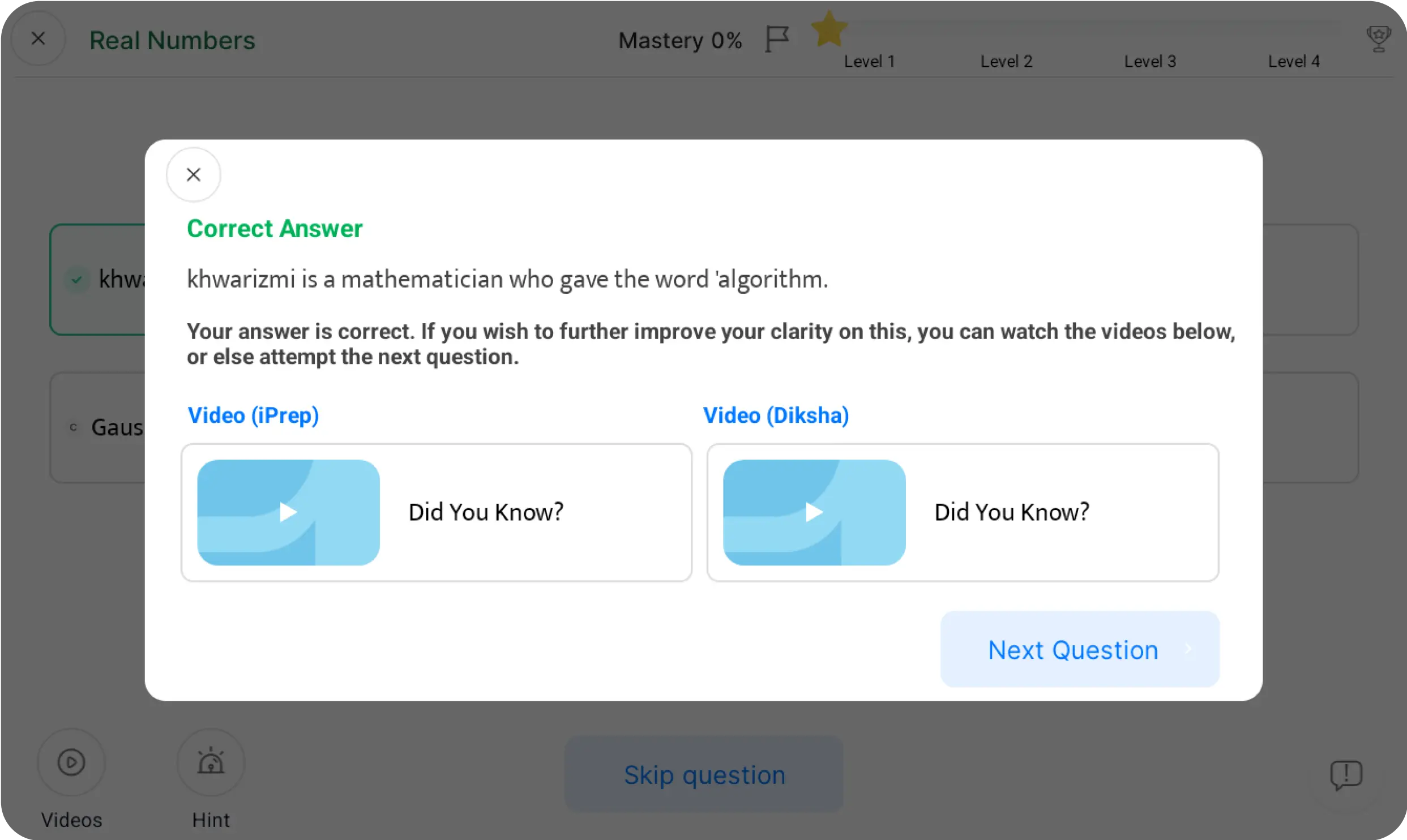
Covers Previous Year's Learning Gaps
PAL takes the students to connected topics in junior grades up to 4 grades lower, in order to cover previous years learning gaps and help achieve grade optimum learning levels.
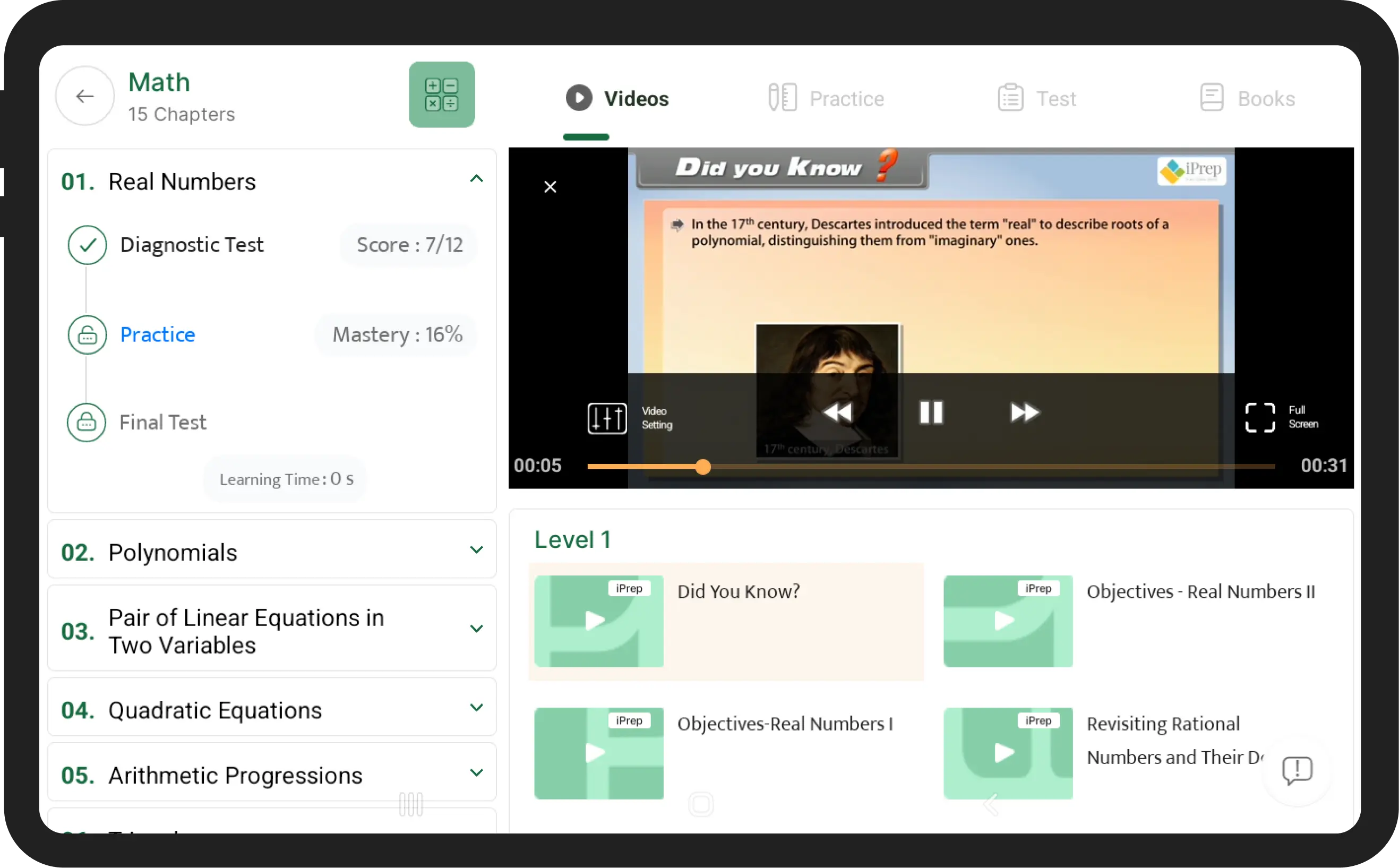
Mastery-Based Advancement
Every chapter ends with a final test ensuring 80% and above achievement to ascertain mastery
Progress Tracking
PAL records and tracks all learning data of every student, with insights into specific achievements, areas needing improvement, and overall learning growth.




Level wise Learning
PAL by iPrep incorporates 4 levels for every chapter, with four levels of
practice that ensures each of the 5 stages are well covered.
- Level 1
- Level 2
- Level 3
- Level 4

Key Benefits of iPrep PAL
Continuously evaluates the learning level of a student and keeps guiding with personalized feedback to enable them build complete understanding on a topic
Lets students cover their previous learning gaps by linking current topics with foundational topics from the lower grades
With adaptive Practice, in a non judgemental way, the app helps students to answer a question, track their mastery and get instant feedback to achieve 100% mastery
Deep conceptual understanding is built on every topic through real life connected enjoyable animated videos
For holistic and play way learning, app provides a digital book library with stories, poems, biographies and several other books and DIY Project Videos for creating models and projects
Self inspires students to learn and improve through positive and encouraging nudges
Schedule a Demo
Share your details, and our team will get back to you shortly!
Frequently Asked Questions
What is Personalized and Adaptive Learning (PAL)?
Personalized and Adaptive Learning (PAL) refers to an educational approach where learning content and pace are tailored to meet the unique needs of each student. Using data and technology, PAL systems adjust lessons in real-time based on student performance, ensuring that every student learns at their own pace and receives content suited to their skill level.
How does PAL benefit students?
PAL systems offer several advantages for students:
1. Individualized Learning Paths: Students can progress through the curriculum based on their understanding, ensuring they aren’t held back or rushed.
2. Improved Engagement: Interactive and adaptive content keeps students engaged with lessons that match their learning preferences.
3. Real-time Feedback: Students receive instant feedback on their performance, allowing for timely corrections and better retention.
4. Enhanced Learning Outcomes: By focusing on each student's strengths and weaknesses, PAL helps improve academic performance and deepens conceptual understanding.
How does PAL work in classrooms?
PAL systems work by:
Assessing Student Data: Initial assessments gauge a student's skill level, and continuous monitoring adjusts the content in realtime.
Adaptive Content Delivery: Lessons adapt dynamically based on student performance, offering more challenging tasks or reinforcing weaker areas.
Progress Tracking: Teachers and students can track learning progress through dashboards and reports, allowing for personalized intervention when necessary.
Blended Learning Models: PAL integrates well with both traditional classroom settings and online learning environments, supporting blended learning models.
What content does PAL cover?
PAL systems typically cover:
Core Subjects: Mathematics, Science, English, Social Studies, and Languages.
Skill Development: Content often includes critical thinking, problemsolving, and cognitive skills development.
Curriculum Alignment: Many PAL systems are aligned to popular Indian education boards like CBSE, ICSE, and state boards, ensuring the content matches academic standards.
How does PAL differ from traditional learning methods?
Traditional Learning: Lessons are delivered at a fixed pace for the entire class, which may not suit all students equally.
PAL: Uses data to adjust the pace and content for each student, ensuring personalized attention and better learning outcomes. Traditional learning often follows a onesizefitsall approach, whereas PAL focuses on individual learning needs.
What are the main features of a PAL system?
Key features of PAL systems include:
Personalized Learning Paths: Customized lessons based on individual student needs.
Adaptive Assessments: Quizzes and assessments that adjust in difficulty according to student performance.
Realtime Analytics: Teachers can monitor student progress in realtime and identify areas needing intervention.
Interactive and Engaging Content: Multimediarich lessons that enhance student engagement and understanding.
Progress Reports: Detailed reports for both students and teachers that track academic performance and improvement over time.
How is PAL implemented in schools?
Implementing PAL in schools involves:
Infrastructure Setup: Schools need digital infrastructure, such as tablets, laptops, or interactive panels, to deliver PAL content.
Teacher Training: Teachers should be trained on using PAL systems effectively, including understanding analytics and datadriven instruction.
Curriculum Integration: PAL must align with the existing curriculum to ensure seamless integration into daily lessons.
Ongoing Support: Schools may require technical support for maintaining the PAL system and optimizing its use over time.
How does PAL help teachers?
PAL systems provide valuable tools for teachers:
Datadriven Insights: Teachers get insights into each student's progress, helping them identify strengths and areas for improvement.
Targeted Instruction: Teachers can offer personalized support based on student performance data, ensuring more effective instruction.
Time Efficiency: PAL automates certain tasks like grading, allowing teachers to focus on lesson delivery and student engagement.
Classroom Flexibility: PAL can be integrated into blended learning models, allowing teachers to deliver lessons in diverse formats (inperson, online, hybrid).
How do PAL systems use data to personalize learning?
PAL systems use a combination of:
Student Performance Data: Continuous assessments help determine a student’s learning pace and understanding of concepts.
Learning Analytics: The system analyzes data to identify patterns in student learning behavior and adapt the content accordingly.
AI and Algorithms: Advanced algorithms use realtime data to adjust lesson difficulty, suggest learning paths, and provide personalized feedback.
Is PAL content aligned with Indian education boards?
Yes, most PAL systems are designed to align with the Indian curriculum, including:
CBSE (Central Board of Secondary Education)
ICSE (Indian Certificate of Secondary Education)
State Boards
This ensures that students learn content that is relevant to their syllabus, and helps them prepare effectively for board exams.
What is the cost of a PAL system for schools?
The cost of a PAL system depends on factors such as:
Number of Students and Teachers: Many providers charge based on the number of users.
Features and Customization: Additional features like advanced analytics, teacher training, and custom content may increase costs.
Subscription Model: PAL systems often operate on a subscription basis, with annual fees that can range from ₹50,000 to ₹2,00,000 per school, depending on the scale and services offered.
How can schools buy PAL systems?
Schools can buy PAL systems through the following steps:
1. Identify Needs: Determine what features, subjects, and grades the PAL system should cover.
2. Research Providers: Look for reputable PAL providers with experience in the education sector.
3. Request Demos: Many providers offer trial versions or demos to help schools evaluate the platform.
4. Customization: Discuss customization options to tailor the PAL system to your school's curriculum.
5. Finalize the Purchase: After evaluating options, finalize the purchase, ensuring you receive installation, training, and ongoing support.
Where can schools buy PAL systems?
Schools can purchase PAL systems from:
Edtech Providers: Specialized companies like iPrep, Khan Academy, BYJU's, and Next Education offer PAL solutions.
Direct Sales: Many PAL providers offer their products directly through their websites or dedicated sales teams.
Authorized Resellers: Some providers work with local distributors and resellers who provide installation and support.
What are the best companies offering PAL systems in India?
Top companies offering PAL systems in India include:
iPrep: Provides personalized and adaptive learning platforms with rich multimedia content tailored for Indian curriculums.
BYJU's: Offers a PALbased approach through its app with interactive content for students from primary to higher secondary levels.
Next Education: Known for its adaptive learning systems, Next Education offers personalized solutions for schools.
Khan Academy: Provides free and adaptive content that adjusts based on student performance, primarily focused on mathematics and science.
These companies are known for their quality, support, and alignment with Indian education standards.
How many schools use PAL in India?
As of recent estimates, thousands of schools across India have started integrating Personalized and Adaptive Learning (PAL) systems into their curriculum. The adoption rate of PAL is particularly high in urban schools and among those that have embraced digital learning infrastructure. Major edtech providers like iPrep, BYJU’s, and Next Education serve a significant portion of these schools, with the number continuing to grow each year.
How many students use PAL in India?
Millions of students in India have access to PAL systems through their schools or via individual subscriptions. With the growing emphasis on digital learning, PAL platforms have seen increasing uptake, especially with the rise of blended learning models. Many students benefit from personalized learning pathways, particularly in subjects like mathematics and science.
What are the Government projects in schools across India where PAL has been implemented?
Several Government projects and initiatives across India have started incorporating Personalized and Adaptive Learning systems to modernize the education system:
DIKSHA (Digital Infrastructure for Knowledge Sharing): A national platform that provides PALbased content to teachers and students, with a focus on personalized learning for different subjects.
Samagra Shiksha Abhiyan: This initiative focuses on integrating technology in schools, and some projects under this program have adopted PAL systems for enhanced learning.
EVidya: Part of the government’s broader digital learning efforts, this program encourages the adoption of PAL and other digital education tools to improve accessibility and engagement in rural and urban schools alike.
Atal Tinkering Labs (under Atal Innovation Mission): Some of these labs implement adaptive learning systems to encourage innovation and problemsolving among students.
These government initiatives help bridge the educational divide and promote the use of technologydriven learning systems like PAL across a wide spectrum of schools.
Several other content forms are offered
as below:
Teach with Chapter wise Animated Lessons, Practice with Instant Feedback, Practicals,
Digital Syllabus Books, Notes and Tests from Kindergarten to 12th
